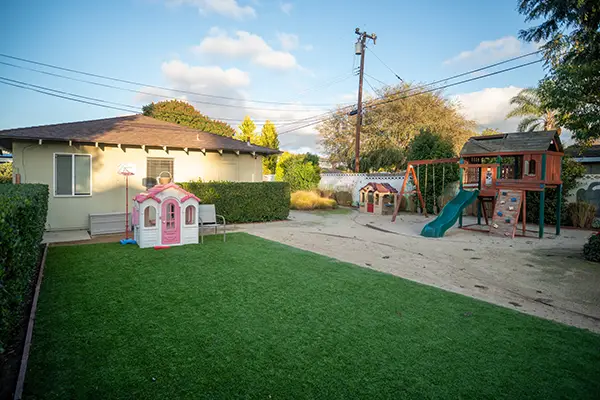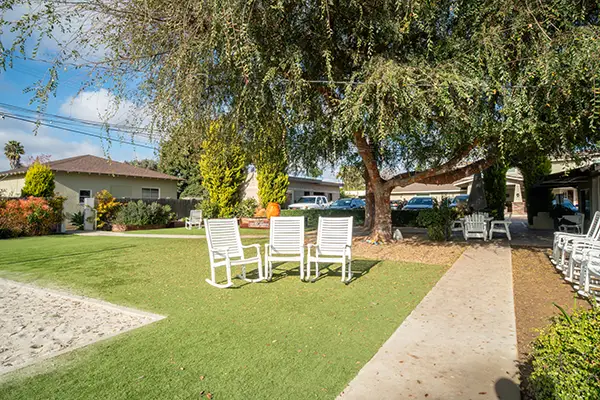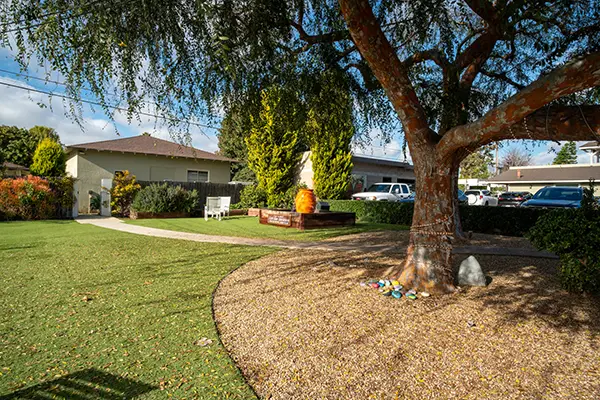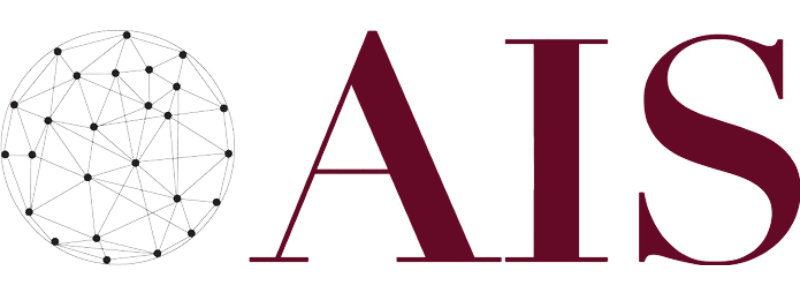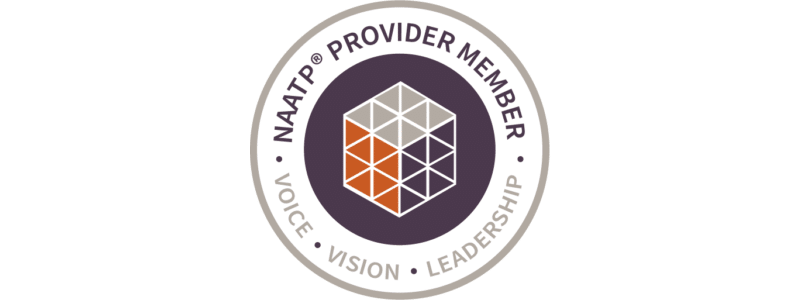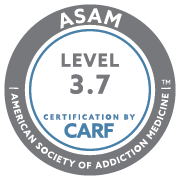 New Directions for Women is a women’s drug and alcohol rehab in Orange County that specializes in recovery services for pregnant women and women with children. As such, we have to be especially conscious of the various traumas, historical and socio economic difficulties women in the US might face that could worsen their addictions. One of the most exciting things we’ve seen is the trend of inclusion in recent films that has given a spotlight to a much broader slice of Americans than ever before.
New Directions for Women is a women’s drug and alcohol rehab in Orange County that specializes in recovery services for pregnant women and women with children. As such, we have to be especially conscious of the various traumas, historical and socio economic difficulties women in the US might face that could worsen their addictions. One of the most exciting things we’ve seen is the trend of inclusion in recent films that has given a spotlight to a much broader slice of Americans than ever before.
With the success of recent films that either feature or explore minority groups and women in the US, and their accomplishments, there has been a wave of heroes and inspirations for minority communities to rally behind. It has even lead to some of the most heartwarming and surprising headlines we’ve seen in a while.
Black Panther) has revitalized a discussion about the unfair living conditions of blacks in the US since the era of the US Black Panthers.
Hidden Figures) showed us the struggle that black female scientists had to endure to not only gain the respect of their peers, but to even have access to the same facilities as their colleagues. While it’s not entirely related, watching this movie reminded me of the founding story of New Directions, when a courageous group of women based out of the Junior League of Newport Beach, had a vision for a different future for women who struggled from recovery.
Moonlight) showed the struggles of a gay black teenager in 1980’s Miami, as he is involved in a life of drugs and unpredictable, uncontrollable life circumstances.
Get Out not only awarded the first ever Oscar to a black director), but it offered a sharp glimpse into both benevolent and harmful prejudices.
Yet despite the somber reminder that these films give us about our history and behaviors, and how much progress we’ve made, there is still a serious racial and gender divide in the US. Just for example, April is the national:
- African-American Women’s Fitness Month
- Black Women’s History Month
- National Mental Health Month
- National Volunteer Month
- National Women’s Health Care Month
- National Fair Housing Month
Each of these causes is recognized in the month of April because each one is still a serious issue facing the US. If a single month targets so many distinct factors affecting blacks and women, then this distinctly reflects how much work we still have left as a nation to bridge the divide.
 National Fair Housing Month, for example, is a reference to the unfair practice of redlining, where specific plots of real estate were denied to families of color on a strictly racial basis. Despite strict laws against such practices, including enforcement from local real estate organizations, the practice still carries on today, as shown in an NPR report in February 2018. This isn’t just discriminatory, it’s perpetuating a serious problem in the US—black Americans don’t have access to the same amenities as other Americans might, such as grocery stores, farmers markets, and other healthy foods.
National Fair Housing Month, for example, is a reference to the unfair practice of redlining, where specific plots of real estate were denied to families of color on a strictly racial basis. Despite strict laws against such practices, including enforcement from local real estate organizations, the practice still carries on today, as shown in an NPR report in February 2018. This isn’t just discriminatory, it’s perpetuating a serious problem in the US—black Americans don’t have access to the same amenities as other Americans might, such as grocery stores, farmers markets, and other healthy foods.
African-American Women’s Fitness Month is, in part, addressing the disparity between obesity rates between women and men, as well as different races in the US. African Americans are 50% more likely to be suffering with obesity than other races, with 56.6% of black women suffering with obesity (compared to 32.8% of white women)). This is in part due to food deserts in black communities, coupled with a lack of resources and a variety of other factors. Obesity is a chronic disease much like addiction, and can be passed on generation to generation.
 Whereas African Americans in 2014 reported less drinking than the national average, they also experienced more drug use (12.4% of blacks compared to 10.2% national average) and made up nearly 44% of new HIV cases. According to drugpolicy.org https://www.drugpolicy.org/issues/race-and-drug-war, “Nearly 80% of people in federal prison and almost 60% of people in state prison for drug offenses are black or Latino.”
Whereas African Americans in 2014 reported less drinking than the national average, they also experienced more drug use (12.4% of blacks compared to 10.2% national average) and made up nearly 44% of new HIV cases. According to drugpolicy.org https://www.drugpolicy.org/issues/race-and-drug-war, “Nearly 80% of people in federal prison and almost 60% of people in state prison for drug offenses are black or Latino.”
This means that, despite having slightly higher levels of reported drug use, and less drinking, African Americans are still prosecuted at far higher rates, and suffer more from obesity and other health risks. Whereas drug use affects mostly men, obesity in the black population heavily targets women, showing a deep disparity.
Many recent regulations have leaned towards easing the stigma of drug addiction, and allowing a wider offering of health services for addiction through insurance companies. According to the CDC, however, African Americans make up the third most uninsured group, lead only by Native Americans and Pacific Islanders).
 In short, African Americans Americans are currently the most at risk for obesity, incarceration for substance possession, and exposure to drugs, yet are one of the least protected groups by insurance providers, while mortgage providers are illegally continuing redlining practices that make it difficult for them to move to safer areas with more amenities, such as healthy food establishments and supportive community centers. This establishes, more than ever, the importance of our women being able to find a rehab near them where they can build a healthy recovery support system.
In short, African Americans Americans are currently the most at risk for obesity, incarceration for substance possession, and exposure to drugs, yet are one of the least protected groups by insurance providers, while mortgage providers are illegally continuing redlining practices that make it difficult for them to move to safer areas with more amenities, such as healthy food establishments and supportive community centers. This establishes, more than ever, the importance of our women being able to find a rehab near them where they can build a healthy recovery support system.
As a nation, we need to address the life-threatening diseases that are affecting our women and minority communities. They are creating a hole in the soul of America, however, treatment and recovery is possible. If you or a loved one needs help with an addiction, please reach out.

